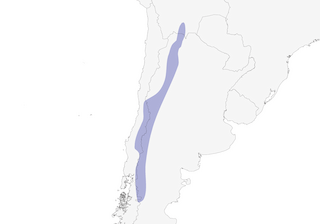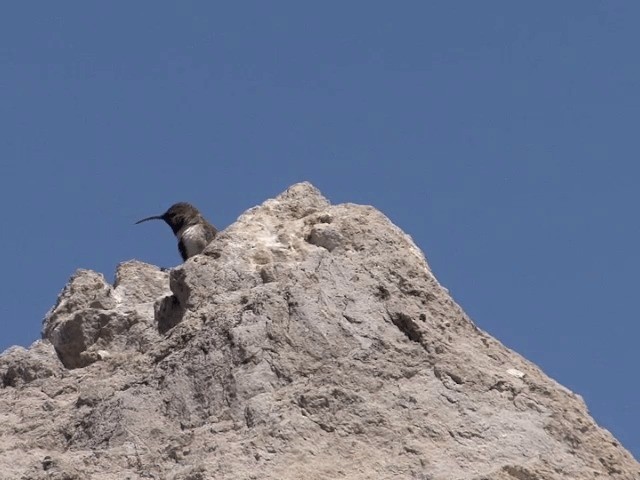White-sided Hillstar Oreotrochilus leucopleurus Scientific name definitions
- LC Least Concern
- Names (27)
- Monotypic
Revision Notes
Sign in to see your badges
Species names in all available languages
| Language | Common name |
|---|---|
| Afrikaans | Witsyheuwelster |
| Bulgarian | Белоопашато планинско колибри |
| Catalan | colibrí de flancs blancs |
| Croatian | bjeloboki kolibrić |
| Czech | hvězdička běloboká |
| Danish | Blåbuget Punastjerne |
| Dutch | Witflankbergnimf |
| English | White-sided Hillstar |
| English (AVI) | White-sided Hillstar |
| English (United States) | White-sided Hillstar |
| Estonian | lõuna-kaljukoolibri |
| Finnish | eteläandienkolibri |
| French | Colibri à flancs blancs |
| German | Weißflankenkolibri |
| Japanese | ワキジロヤマハチドリ |
| Norwegian | punaoreade |
| Polish | górzak białoboczny |
| Russian | Белобокая ореада |
| Serbian | Beloboka planinska zvezda |
| Slovak | vrchárik bieloboký |
| Spanish | Colibrí Cordillerano |
| Spanish (Argentina) | Picaflor Andino |
| Spanish (Chile) | Picaflor cordillerano |
| Spanish (Spain) | Colibrí cordillerano |
| Swedish | blåbukig bergstjärna |
| Turkish | Ak Yelekli Dağyıldızı |
| Ukrainian | Колібрі-плямохвіст білобокий |
Revision Notes
Vicente Pantoja updated this version of the account by including all the information present in the journals "Boletín informativo CIPA", "Boletín Chileno de Ornitología", "Revista Chilena de Ornitología" and "La Chiricoca" as part of a partnership with Red de Observadores de Aves y Vida Silvestre de Chile (ROC).
Oreotrochilus leucopleurus Gould, 1847
Definitions
- OREOTROCHILUS
- leucopleura / leucopleurus
The Key to Scientific Names
Legend Overview
Full content is available exclusively to Birds of the World subscribers. Sign in Learn more
Introduction
Amongst the genus Oreotrochilus, the White-sided Hillstar has the largest geographical range. It is found southern Bolivia as far south as southern Argentina, and at altitudes between at least 1,200 and 4,000 m, and sometimes as high as the snowline. Despite its hardy nature, at least some apparently depart Chile in the austral winter. In terms of plumage, the White-sided Hillstar is generally very similar to the Andean Hillstar (Oreotrochilus estella), with which the present species forms a superspecies, being largely bronzy-green above and white below, with a green throat in males, and a gray-spotted throat in females. Both sexes show extensive white in the otherwise dark tail.
Subspecies

- Year-round
- Migration
- Breeding
- Non-Breeding



















































